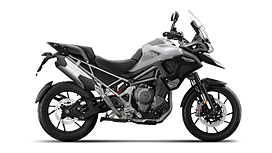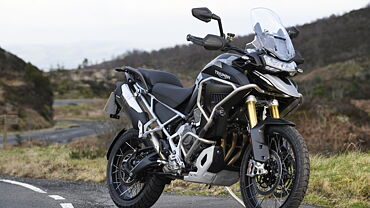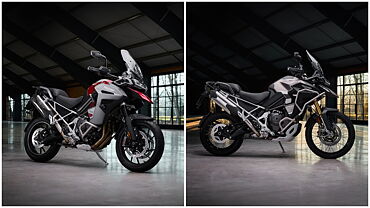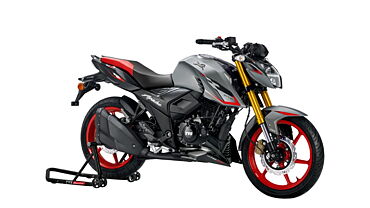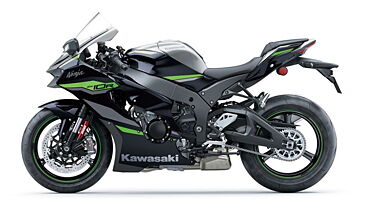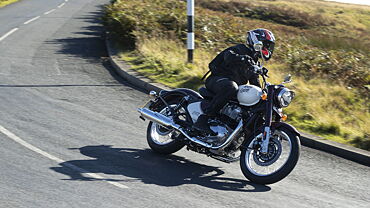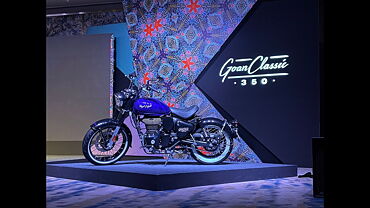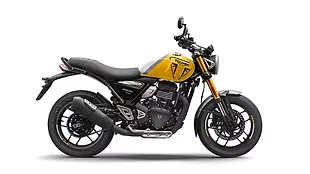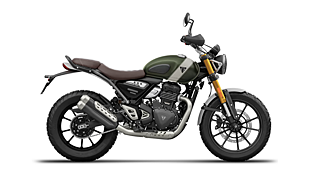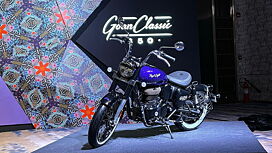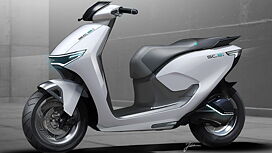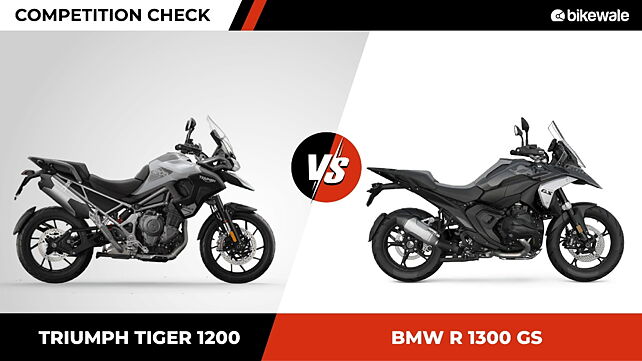
The BMW R 1300 GS not only has R 1250 GS size shoes to fill but also finds itself facing formidable competition in the market. The Triumph Tiger 1200 is as direct a rival to the ‘GS’ as can be. In fact, the Tiger has been designed and developed keeping the BMW R 1250 GS as the benchmark. It brings a unique flavour to the ADV segment with its T-plane crank, inline-triple engine. Here’s how they compare on paper.
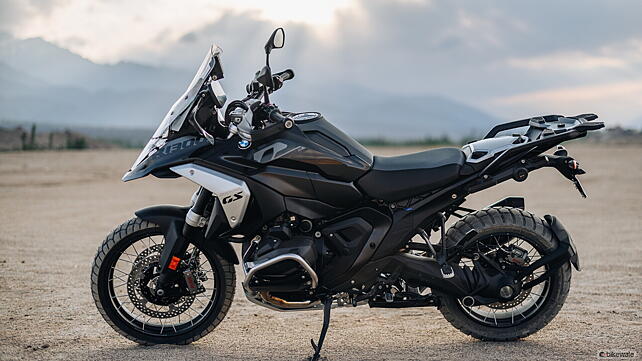
Design
The Triumph Tiger 1200 is all about its sheer size and should appeal to those who want a bike with a lot of road presence. Design wise, the bike cuts a handsome figure and styling elements such as the headlight, the large fuel tank and the relatively slim tail section with the exposed subframe shows the balance between form and function.
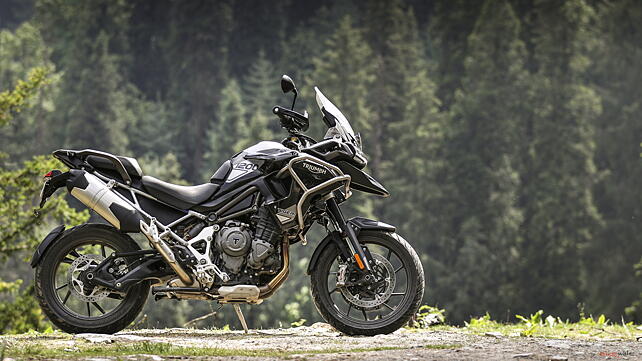
The BMW R 1300 GS adopts a different approach when it comes to design. The new ‘GS’ is sleeker and less imposing than its predecessor, and to some extent the Tiger as well. That might be a good thing for those stepping up to the world of big capacity adventure bikes and find their sheer size intimidating. The new GS does look good and its silhouette is reminiscent of the previous bike.
All said, both bikes look good in their own way and will appeal to a different set of buyers.
Features
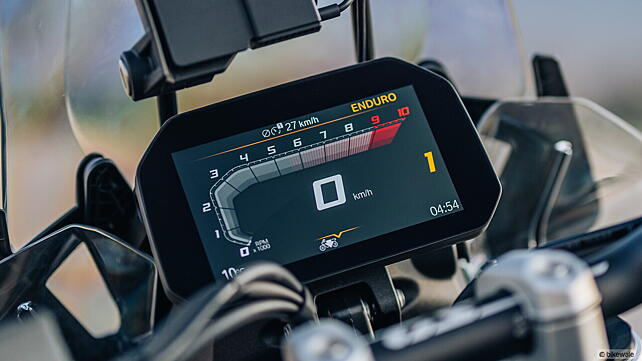
Both the bikes are loaded to the gills with features and get all-LED lights, colour TFT display and connectivity features. BMW, on account of being the newer bike, gets more modern features like electric windscreen adjustment and adaptive cruise control.

Engine and performance
The BMW gets a 1,300cc, liquid-cooled, boxer engine. It makes 145bhp at 7,750rpm and 149Nm at 6,500rpm and is paired with a six-speed gearbox. The Triumph Tiger 1200, on the other hand, has a three-cylinder, 1160cc engine that develops 148bhp at 9,000rpm and 130Nm at 7,000rpm. The Triumph’s engine also has a T-plane crank that gives it a distinct feel and sound, and it does sound very good.
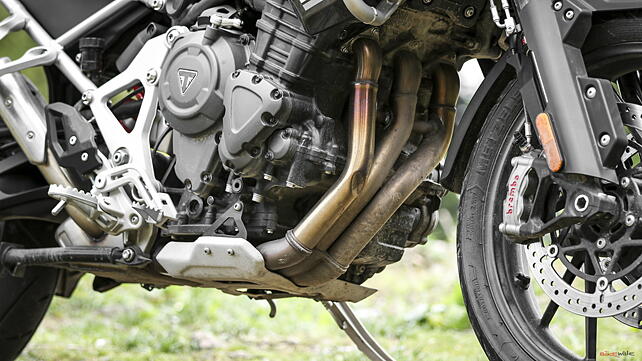
As for the performance, both engines are capable of covering long distances at high speeds without feeling stressed at any point.
Hardware
The Tiger 1200 employs a tubular steel frame and a bolt on aluminium subframe. It has a 49mm Showa USD fork and monoshock with semi-active damping. The bike rides on a 19-inch front and 18-inch rear wheel setup in the case of the GT models. The Rally variants feature additional suspension travel at both ends and a bigger, 21-inch, tubeless wire-spoke wheel at the front. Braking duties are taken care of by twin 320mm discs with Brembo Stylema calipers on the front wheel and a 282mm disc on the rear wheel with a Brembo single-piston caliper.
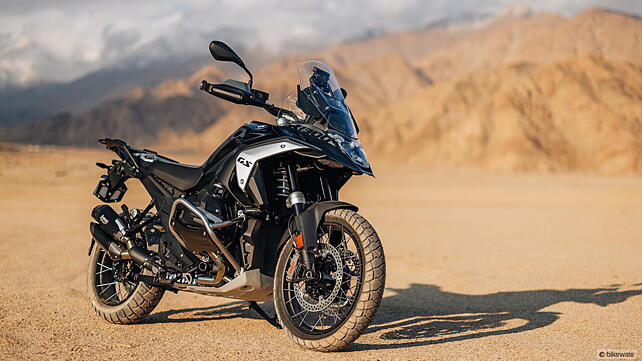
The BMW has a two part frame, with the rear subframe bolted on to the main frame. What sets the GS' suspension apart from the Tiger's is its patented Paralever and Telelever Evo suspension. The suspension settings can be adjusted electronically. The bike comes with a 19-inch front and 17-inch rear wheel setup. It gets either alloys or tubeless wire spoke wheels, depending on the variant.
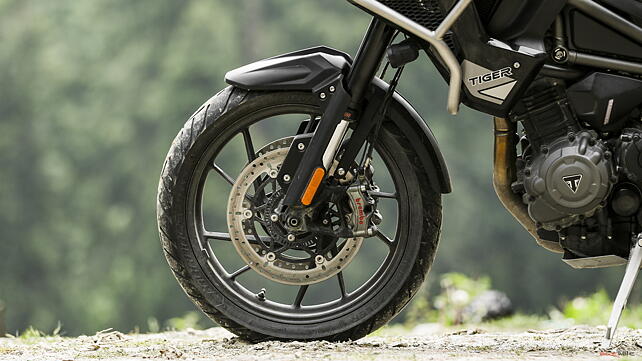
The suspension in the case of both bikes work very well in ironing out potholes, ruts and what have you. These bikes also handle in a way that belies their size, but if you push the Tiger hard around a bend, it does end up scraping its pegs quite easily.
Price and variants
The price of the BMW R 1300 GS begins at Rs 20.95 lakh. It is available in the following variants - GS, Triple Black 1, Triple Black 2, GS Trophy and Option 719.
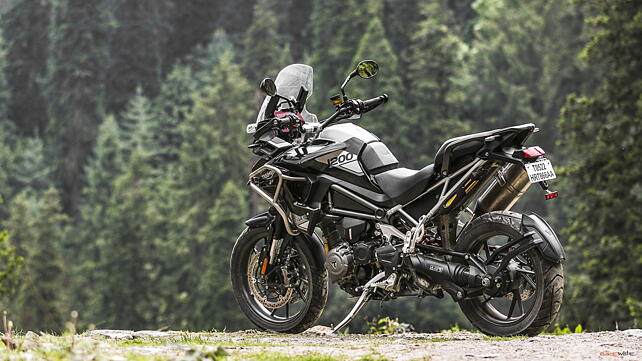
The Triumph Tiger 1200 comes across as good value for money. Its prices begin at Rs 19.39 lakh, ex-showroom. The bike can be had in the four variants- GT Pro, GT Explorer, Rally Pro and Rally Explorer.
